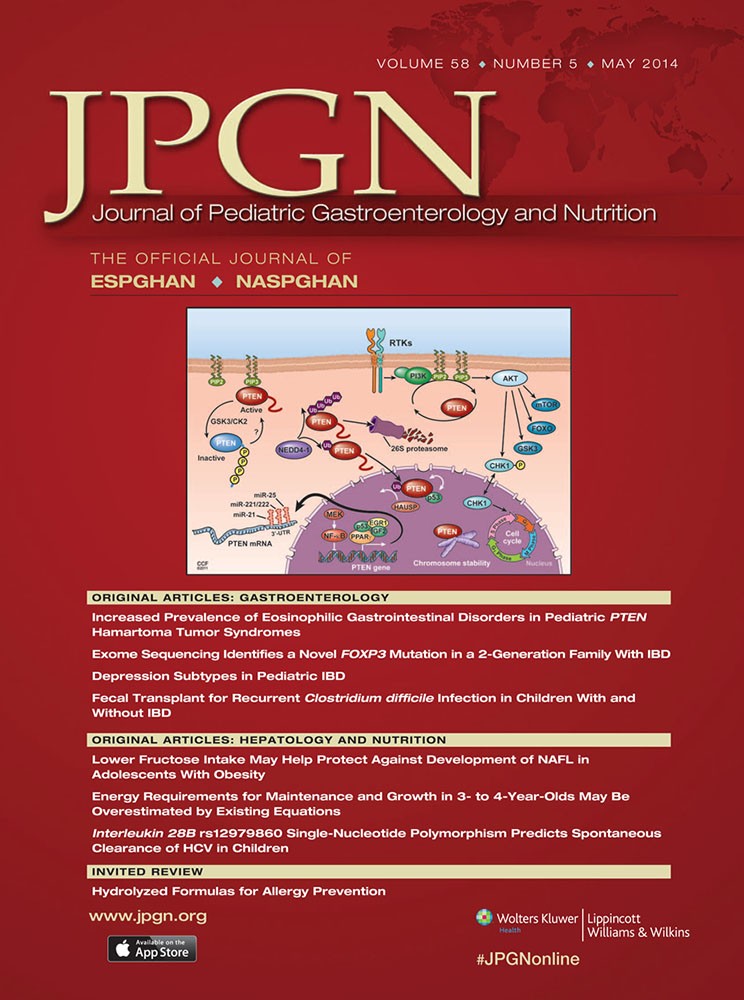Seasonal Vitamin D Status of Healthy Schoolchildren and Predictors of Low Vitamin D Status
This study was supported by Karadeniz Technical University Research Project Unit under protocol no. 2009.114.003.09, and it was presented as a poster at ESPE 2012, Leipzeg, Germany.
The authors report no conflict of interest.
ABSTRACT
Objectives:
The aim of the study was to assess seasonal prevalence of vitamin D deficiency according to sex and to determine the relations between serum levels of 25-hydroxyvitamin D [25(OH)D] and parathyroid hormone (PTH) and sociodemographic characteristics in otherwise healthy schoolchildren during spring and autumn.
Methods:
In a cross-sectional study, 746 healthy students aged between 11 and 18 years were recruited during spring (n = 375) and autumn (n = 371). Sociodemographic data were collected by a questionnaire. Serum 25(OH)D, PTH, calcium, phosphate, and alkaline phosphatase were measured. Serum 25(OH)D levels were categorized as <50 nmol/L (vitamin D deficiency) and <25 nmol/L (severe deficiency).
Results:
Mean ± standard deviation 25(OH)D levels were 22.3 ± 10.5 nmol/L in girls and 28.5 ± 17.0 nmol/L in boys during spring (P < 0.001) and 36.5 ± 20.3 nmol/L in girls and 45.0 ± 18.5 nmol/L in boys during autumn (P < 0.001). The prevalence of vitamin D deficiency was 93% during spring and 71% during autumn. There was a negative correlation between 25(OH)D and PTH levels (P < 0.01). We determined a cutoff point of serum 25(OH)D in which the mean serum PTH concentration began to increase as 35.8 nmol/L (P < 0.0001). The age, sex, and calcium level were found to be independent predictors for vitamin D deficiency.
Conclusions:
Vitamin D deficiency is prevalent among healthy schoolchildren. It is noteworthy that 25(OH)D levels were significantly lower in girls and during autumn. We recommend vitamin D supplementation for children in addition to more time spent for outdoor activities for sensible sunlight exposure.




